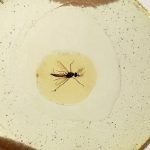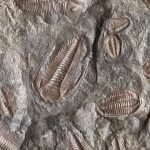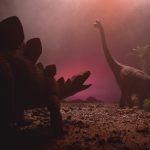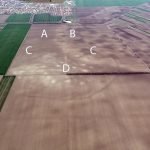Ancient mosquito fossils reveal surprising blood-sucking males
Researchers have made an exciting discovery: the oldest-known mosquito fossils, dating back to the early Cretaceous period, roughly 130 million years ago.
Published in the...
Earth’s magnetic field protects life on Earth from radiation, but it can move, and...
The Earth’s magnetic field plays a big role in protecting people from hazardous radiation and geomagnetic activity that could affect satellite communication and the...
Ancient trilobites unearthed in Thailand redraw earth’s history
In a thrilling discovery for geology and paleontology, a team of researchers has uncovered new species of trilobites in Thailand, offering a glimpse into...
After stalling out for 40 years, the largest iceberg in the world is on...
In 1986, a gigantic iceberg separated from the Fichner-Ronne ice shelf in West Antarctica.
It was so big that it became grounded, stuck to the...
Earth’s moon is 40 million years older than previously thought, shows study
Have you ever looked up at the moon and wondered about its past?
Scientists have been pondering its mysteries for years, and now, thanks to...
Scientists find rocky planet can form in harsh space environments
A team of international astronomers has made a groundbreaking discovery with the help of the James Webb Space Telescope (Webb).
For the first time, they've...
How volcanoes might have helped wipe out dinosaurs
Long ago, our planet witnessed the mysterious disappearance of dinosaurs, those enormous creatures that once roamed the Earth.
For a long time, we believed that...
The massive 2022 Volcanic eruption changed Earth’s atmosphere, shows study
When the Hunga Tonga-Hunga Ha'apai volcano erupted on January 15, 2022, it did more than just trigger tsunamis and send shockwaves around the globe.
According...
Scientists discover Europe’s hidden bronze age megastructures
In a significant archaeological breakthrough, a team from University College Dublin, alongside Serbian and Slovenian colleagues, has uncovered a vast network of ancient megastructures...
AI helps unravel the mystery of ocean’s giant waves
For centuries, sailors have told tales of enormous rogue waves, capable of damaging ships and oil platforms.
These monster waves, often dismissed as myths, are...










